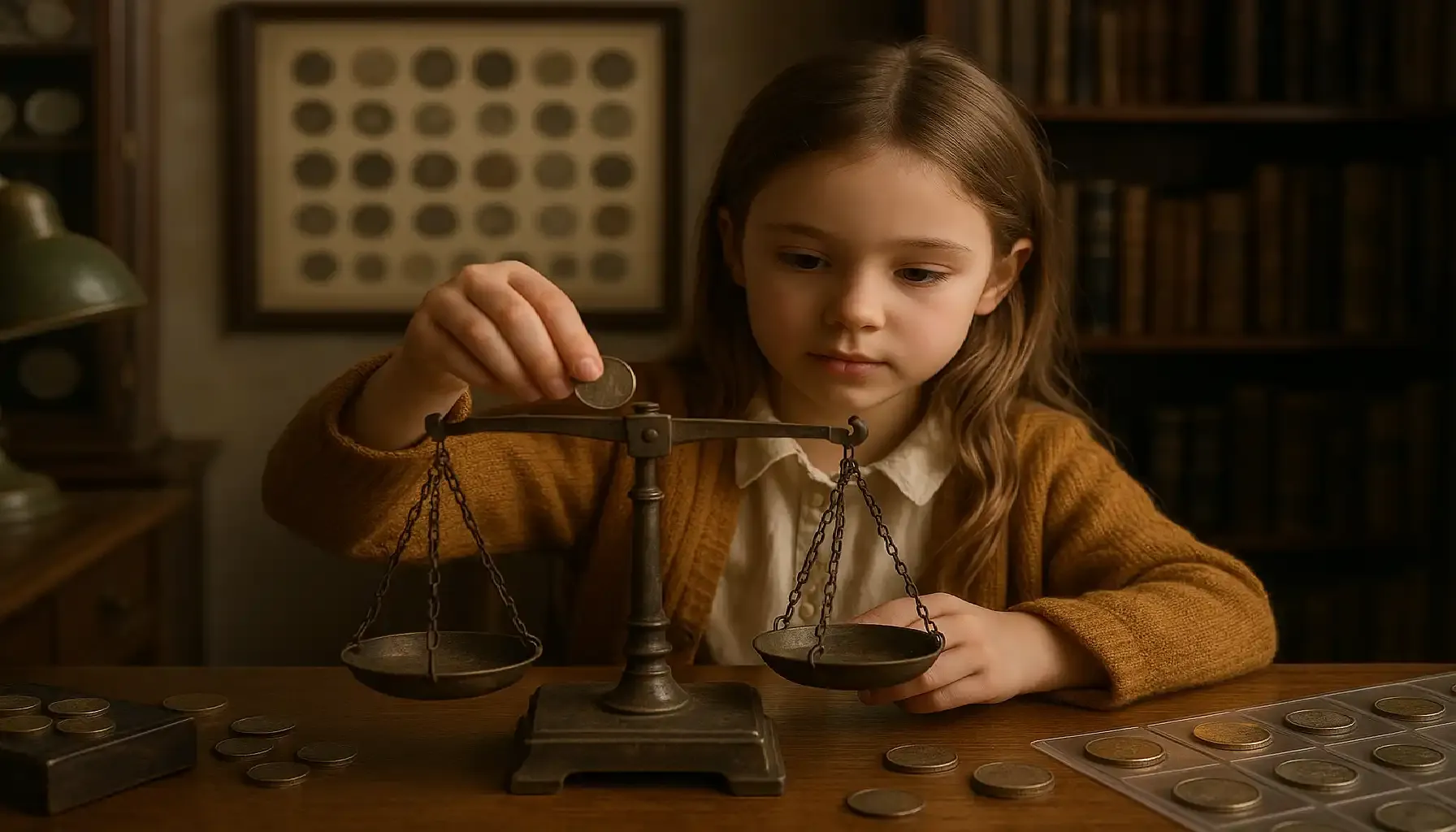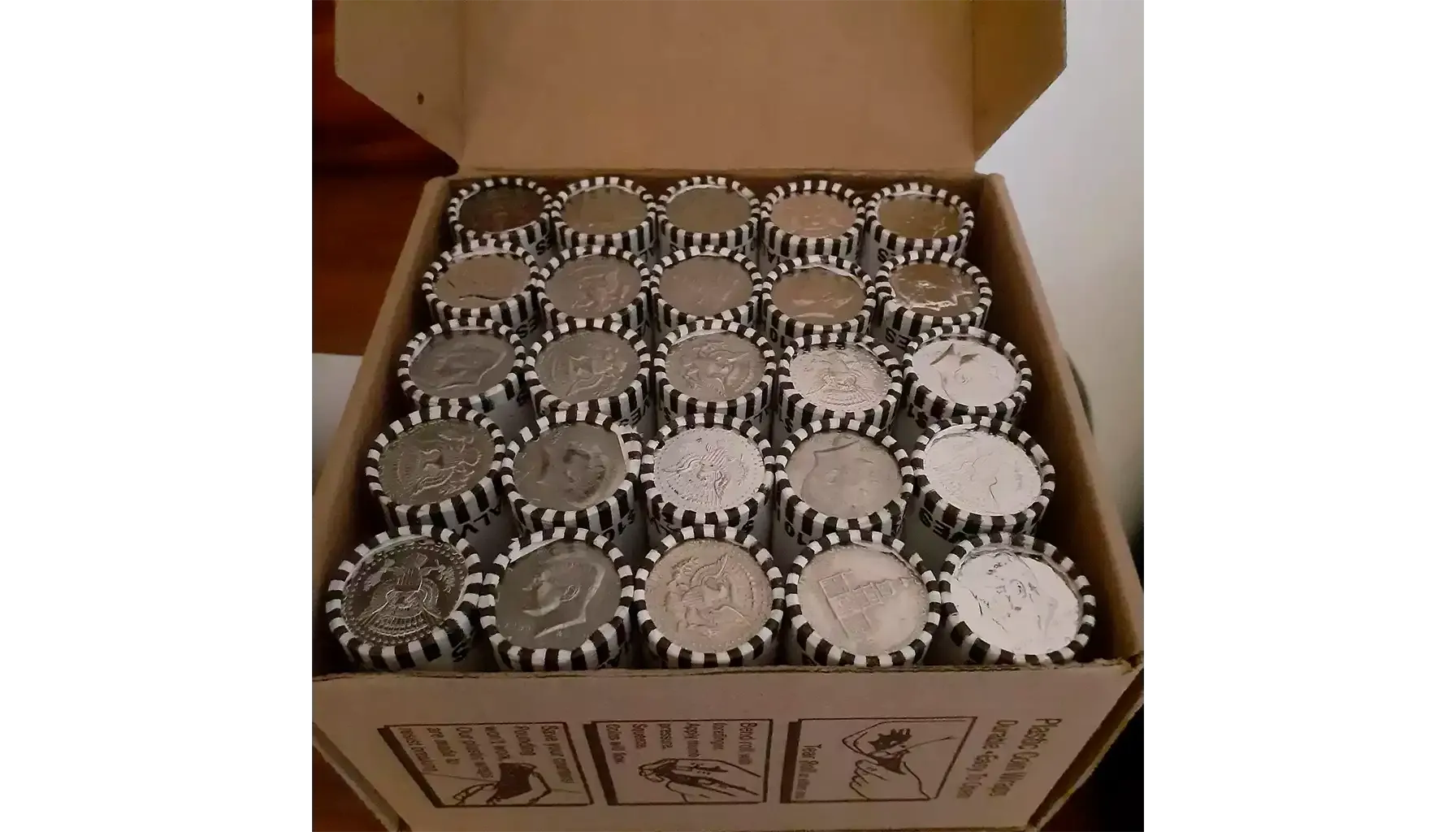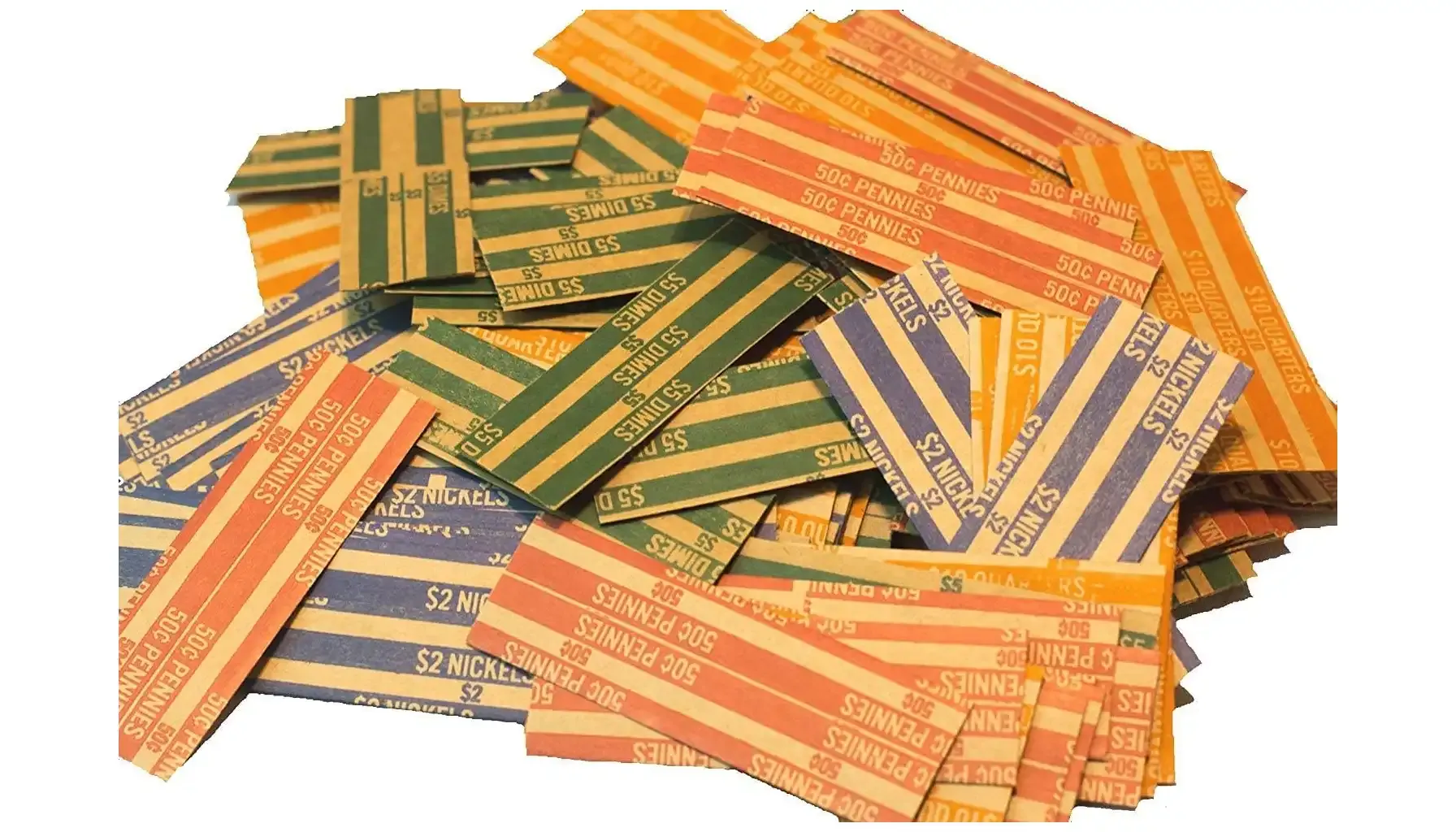Contents:
Coin collecting is an interesting and fascinating process involving art, culture and financial investment. Thanks to numismatics, collectors can possess objects describing entire eras, cultures or famous personalities.
We are confident your interest in collecting can start with simple curiosity and your pocketbook. Right here, we're not wrong! You may have come across an interesting, unusual coin while counting the change in your wallet or discovered an old banknote in your piggy bank. Coins and banknotes that we think of as ordinary can turn out to be real historical artifacts with interesting stories and even significant investment potential. And soon your interest will turn into a full-fledged hobby that requires knowledge, patience and a defined investment strategy.
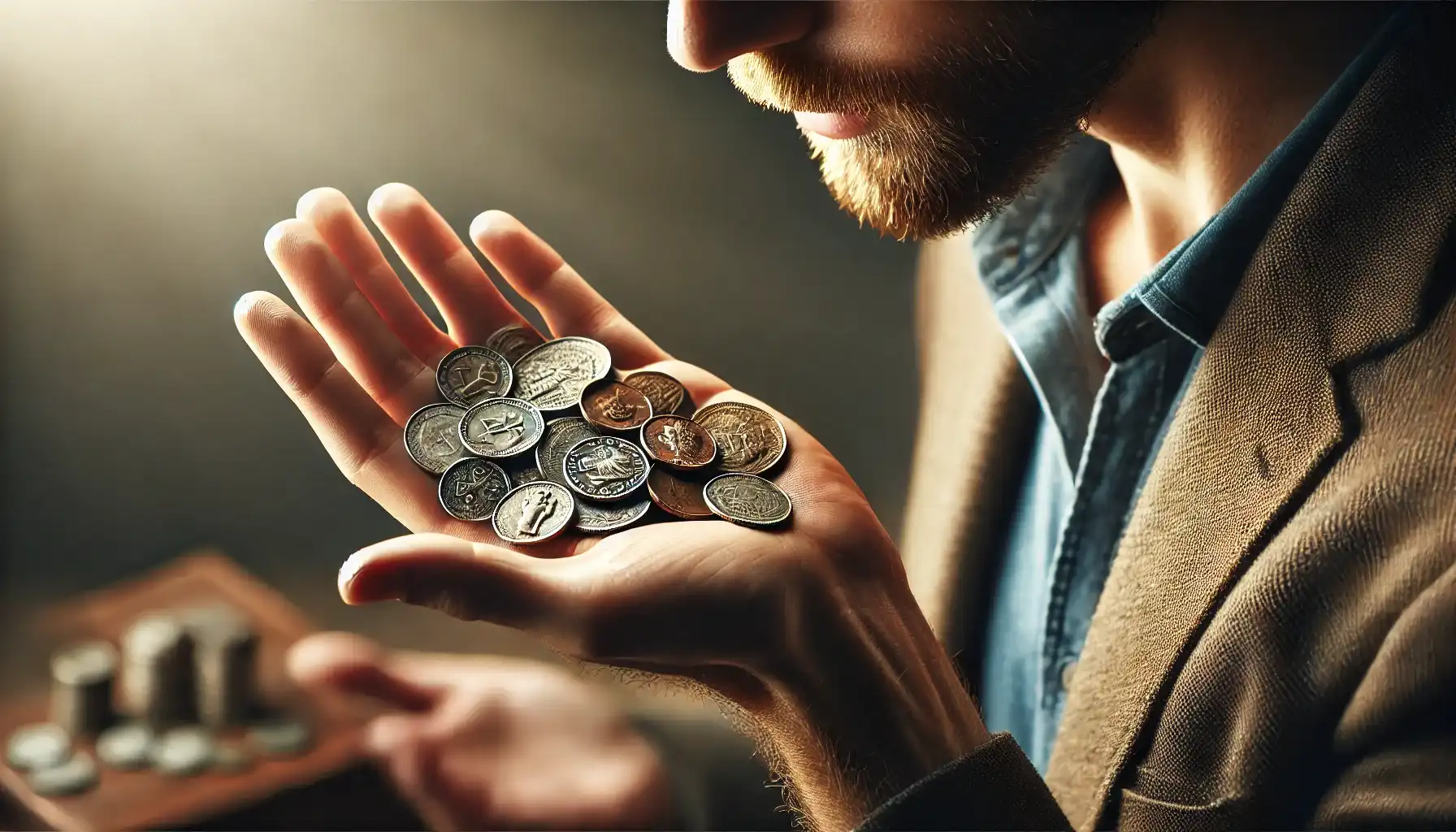
As a beginner in this field, you may endlessly scroll through questions from “what are good coins to collect for beginners”; “where to buy collectible coins as a gift or just for me” to “actions step by step: how to sell your coin collection”. So, we are here to tell you what to consider at the very beginning and how to start a coin collection. Let’s talk in detail.
Step 1: Learn the Basics of Classification
So, presumably you have already started with the easiest and looked through all the coins you have, examined their condition and even guessed what material they are made of. You may have even found something unusual - a coin with an interesting design, a rare year of issue or a mistake made at the mint (but if you still haven't found it, keep in mind that modern defective coins can cost dozens of times more than their face value).
Once you've found some interesting specimens, it is the perfect time to study the basics of grading. You need to understand how to properly grade and classify coins, because this directly affects their value.
Key Criteria to Pay Attention to
Country of Origin: coins from different countries have different values and histories.
Year of Issue: the older the coin, the more valuable it may be, but this depends on mintage and condition.
Material: gold, silver, copper or alloys? The composition of a coin can greatly affect its value.
Condition: use the Sheldon Scale to accurately determine the condition of a coin, where the degree of preservation (grade) is rated on a special scale from “Poor” to “Mint State”.

Tip: Study coins of the same type or period. For example, a collection of silver coins from one century or a collection of coins from one state issued in a particular period will be more unique than a variety of unrelated coins.
Step 2: Prepare Everything You Need
Remember your new hobby requires a little patience to learn, as well as some useful tools to facilitate the collecting process. Among them:
Magnifying glass: to examine the coins in detail.
Gloves: to avoid leaving fingerprints or damaging coins.
- Albums and coin collectors folders: to store and protect coins.
Don't neglect books and catalogs on numismatics to study the basics and immerse yourself in the nuance of the hobby.
However, do not forget about the advantages of technology. Modern solutions make the path of a novice collector a lot easier. For example, the Coin ID Scanner app will help you identify coins, assess their condition and even find out their current market value without any effort or hours spent googling.
Benefits of the App:
The app identifies coins in seconds. All you need to do is simply take a picture of the coin, upload the photo and the app will find all the information you need.
The app allows you to keep records. Store information about your collection in one place, create catalogs, and track progress.
The application quickly analyzes the market and gives you access to the latest industry news. Now you can study trends, dynamics and even find out the market price to sell the right pieces in time.
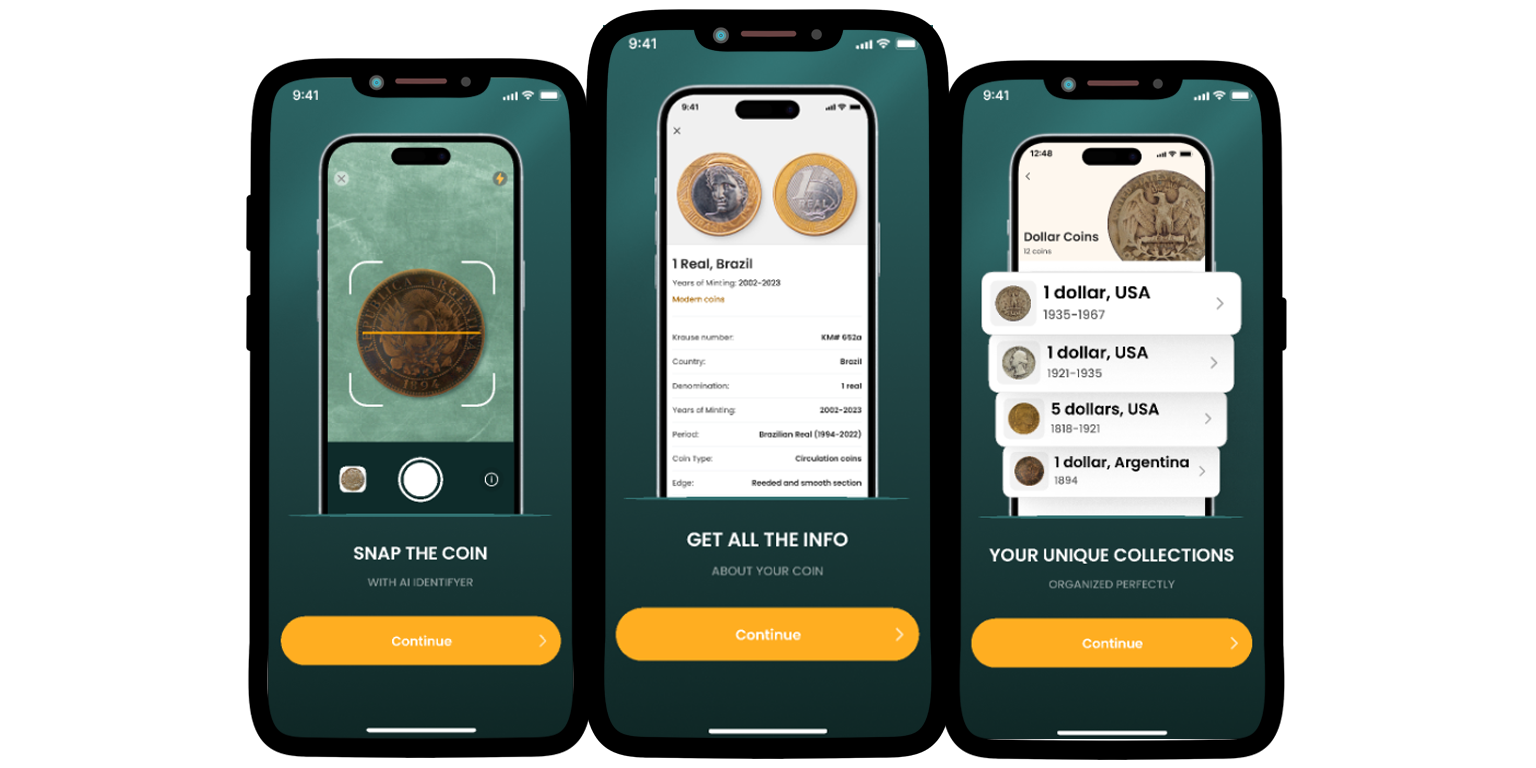
Step 3: Search and Buy Coins
Now that you have the basics down, it's time to add some new and interesting specimens to your collection. But where to find the best US coins to collect?
Here you have several options: visit coin fairs and exhibitions (to buy and exchange coins and socialize with other collectors); participate in online auctions (on sites like eBay or specialized platforms for numismatists); visit local antique stores (to find rare and interesting coins, often at an attractive price).
Step 4: Know How to Assess Investment Potential
As with any hobby, it's important to start small. What coins to collect for beginners? We recommend starting your collection with inexpensive but interesting coins to gain experience.
For example, you may prefer modern anniversary coins (they are often produced in large quantities and are affordable) or start with sets of coins from different countries (they are often sold at fairs and online). This way you can get used to the buying process, learn how to evaluate coins and form the first sections of your collection.
However, remember that any collection can be not only a fascinating hobby, but also a potential source of income. But not every coin has the same investment potential. To invest your money wisely, you need to understand what factors influence the growth of coins' value over time. What are the best coins to collect for investment? Consider their types below.
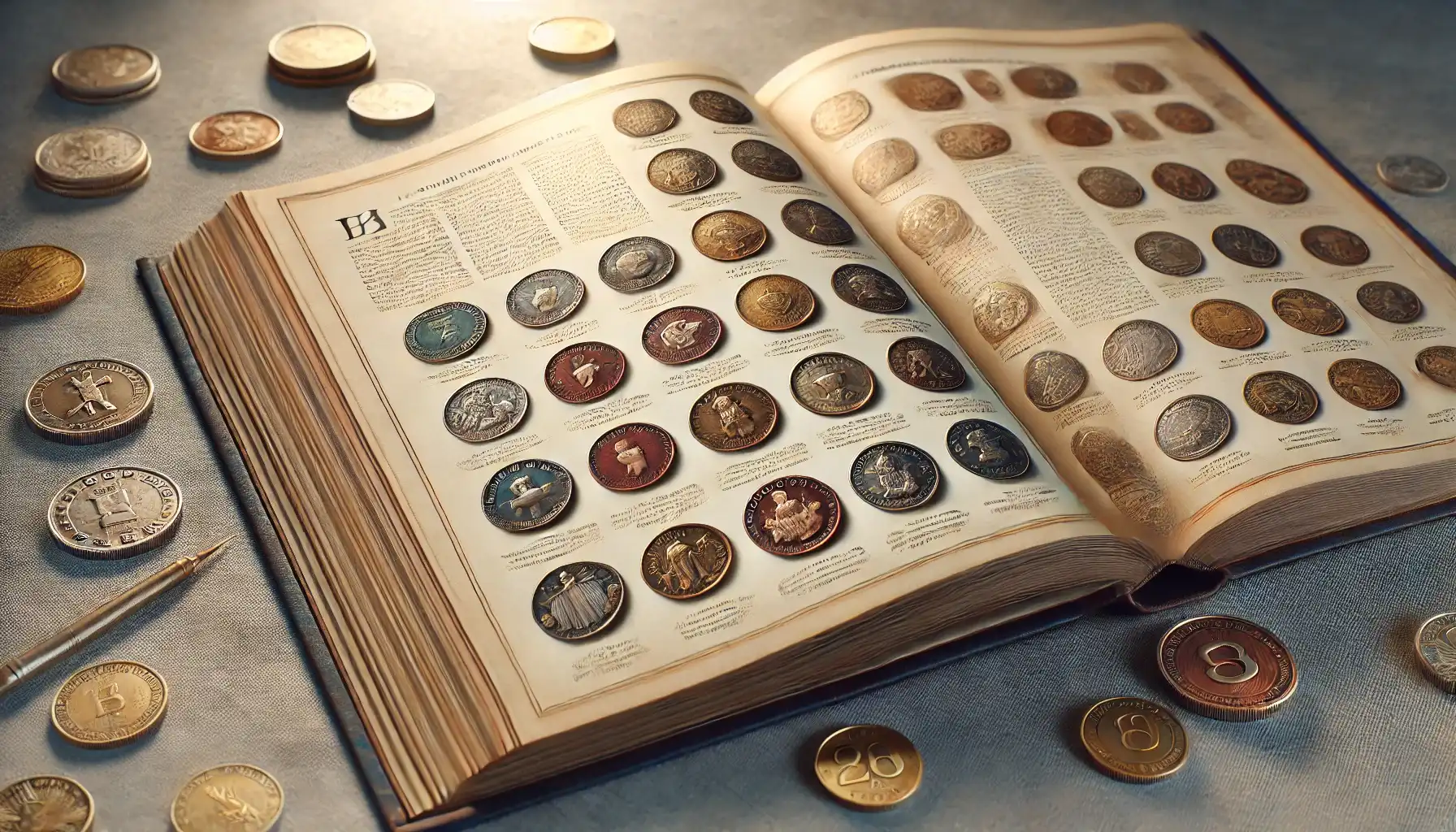
What to Consider When Choosing Investment Coins
Rarity: if a coin was issued in a limited edition or if most of the pieces have been lost, its value will increase over time. But it is important to consider the mintage and the number of surviving pieces.
Condition: it affects the coin value greatly. Coins with minimal damage and scuffs (that have not been cleaned or oxidized) are valued higher.
Material: coins made of precious metals (gold and silver) are valued because of the material of manufacture. However, the numismatic value may exceed the value of the metal, especially if the coin is rare and has historical significance.
Examples of Coins With High Investment Potential
1. Morgan Dollar
The year of issue: 1878–1904, 1921
Metal: silver (90% silver and 10% copper)
Market Value: depending on the year and condition, the price can range from $30 to several thousand dollars (depending on the variety and condition).

2. Soviet silver rubles
The year of issue: 1921–1924
Metal: silver (90% silver)
Market Value: from $150 to $1000 and higher, depending on the condition and rarity (their historical significance and precious metal content ensure a steady rise in prices for such coins).
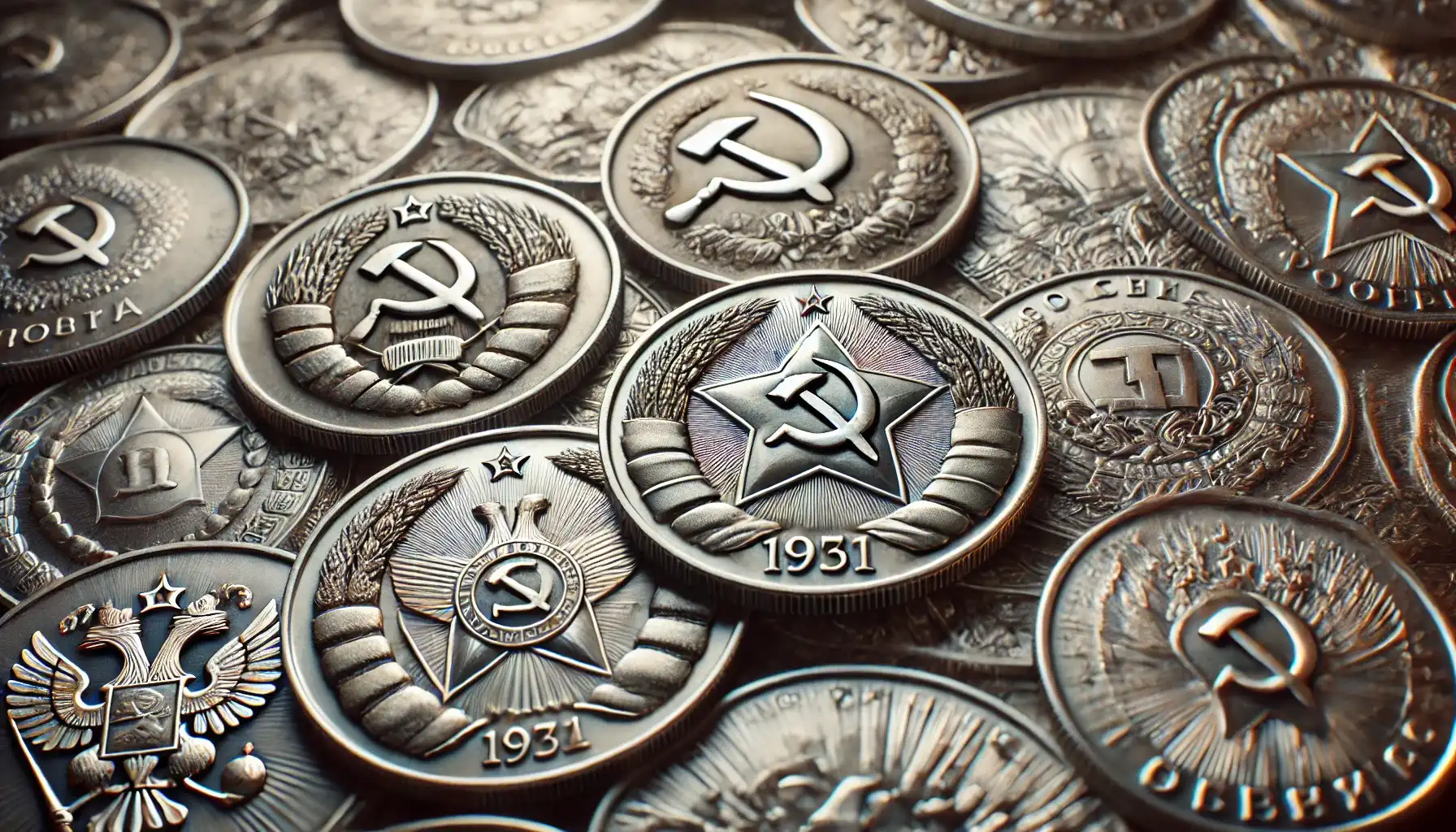
3. Coins With Minting Errors
The example is Double Die Quarter, 1965
Metal: copper-nickel alloy
Market Value: from $20 to several thousand dollars, depending on the error and condition of the coin.

Interesting fact: Coins with minting errors are of particular interest to collectors. These errors can include double images, omissions in the text, improper alignment of the stamp, and other manufacturing defects. Even modern coins with such defects can be quite valuable.
Step 5: Avoid Common Pitfalls
Like any other hobby, coin collecting has its risks. Explore our additional tips below and try to avoid common mistakes to maximize the fun and benefits of the collecting process.
Strategies to Avoid
Don't Get Caught Up in Modern Memorable Coins
They may seem attractive, but their value rarely increases due to mass production.
Do Not Make Impulse Purchases
Don't rush to buy the first rare coin you come across. Always research the market to make sure the price matches the value.
Do Not Ignore the Condition of The Coins
Even a rare coin can lose much of its value if it is in poor condition.
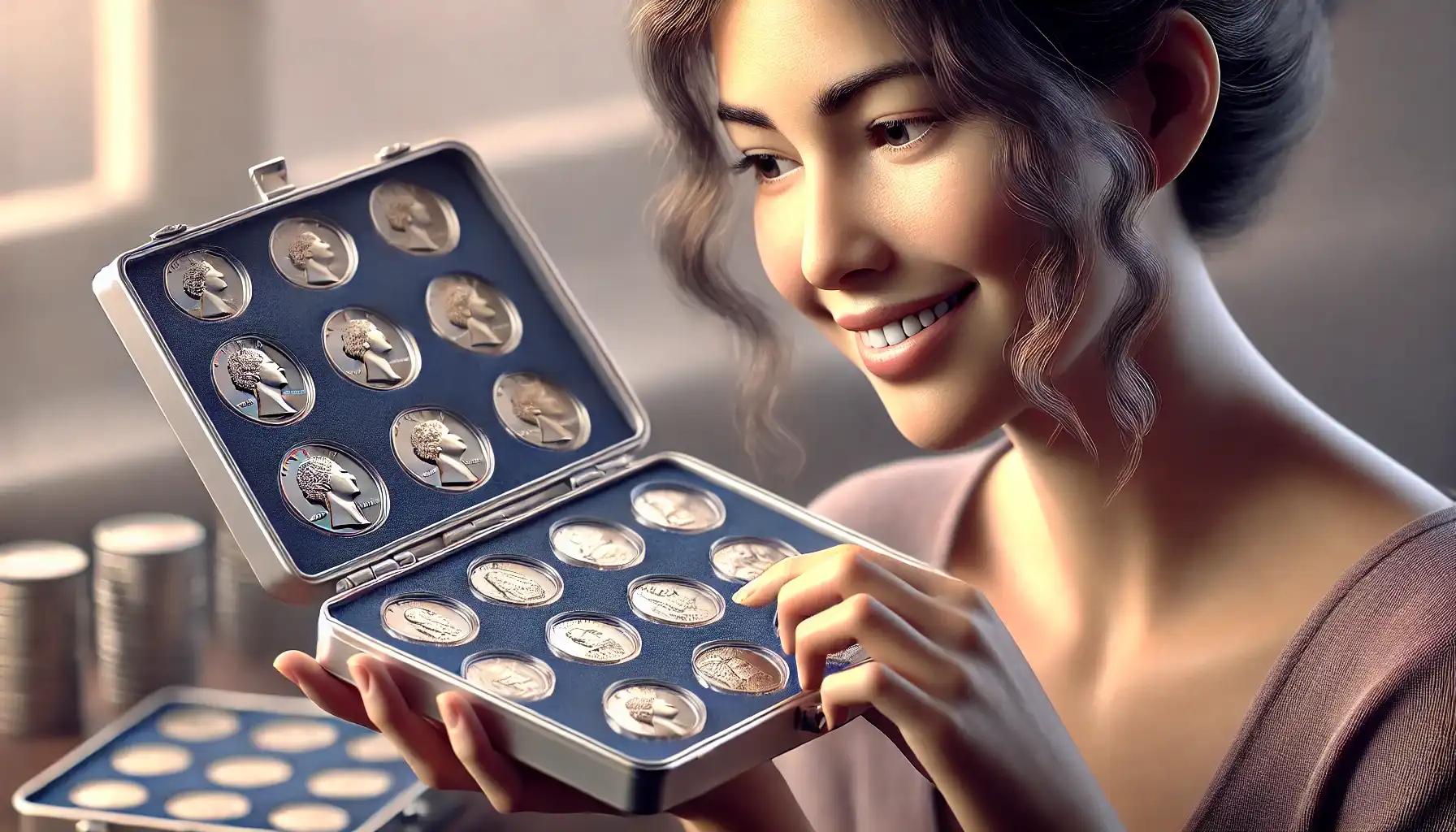
Additional Tips for Beginning Investors
Before buying any coin, carefully research its history, rarity and current market condition. Use catalogs, forums and coin identification applications such as Coin ID Scanner and make your coin search by image.
Do not rush to buy expensive coins. Start with less expensive but promising specimens to learn how to assess their value and understand the market.
Pay attention to the mintage. Remember the smaller the mintage of the coin, the higher the probability of its growth in value (especially if the coin has historical significance).
Coin collecting is more than just collecting rare metal circles. It goes about your exploration and understanding of history, culture and economics, which can be not only interesting but also profitable. Follow our guide to be able to avoid common mistakes, utilize modern technology, stay ahead of the curve and let your hobby become a real capital!

